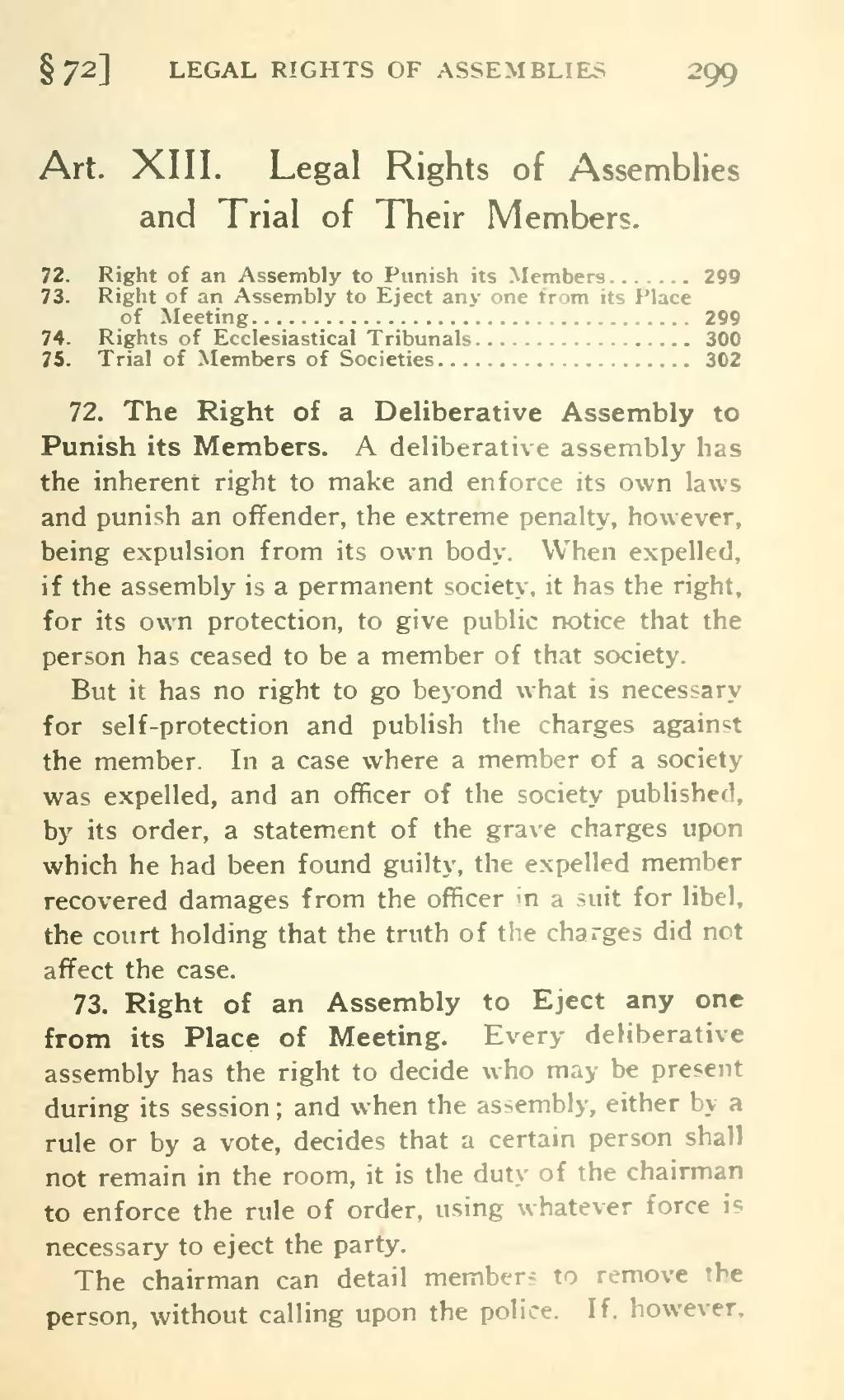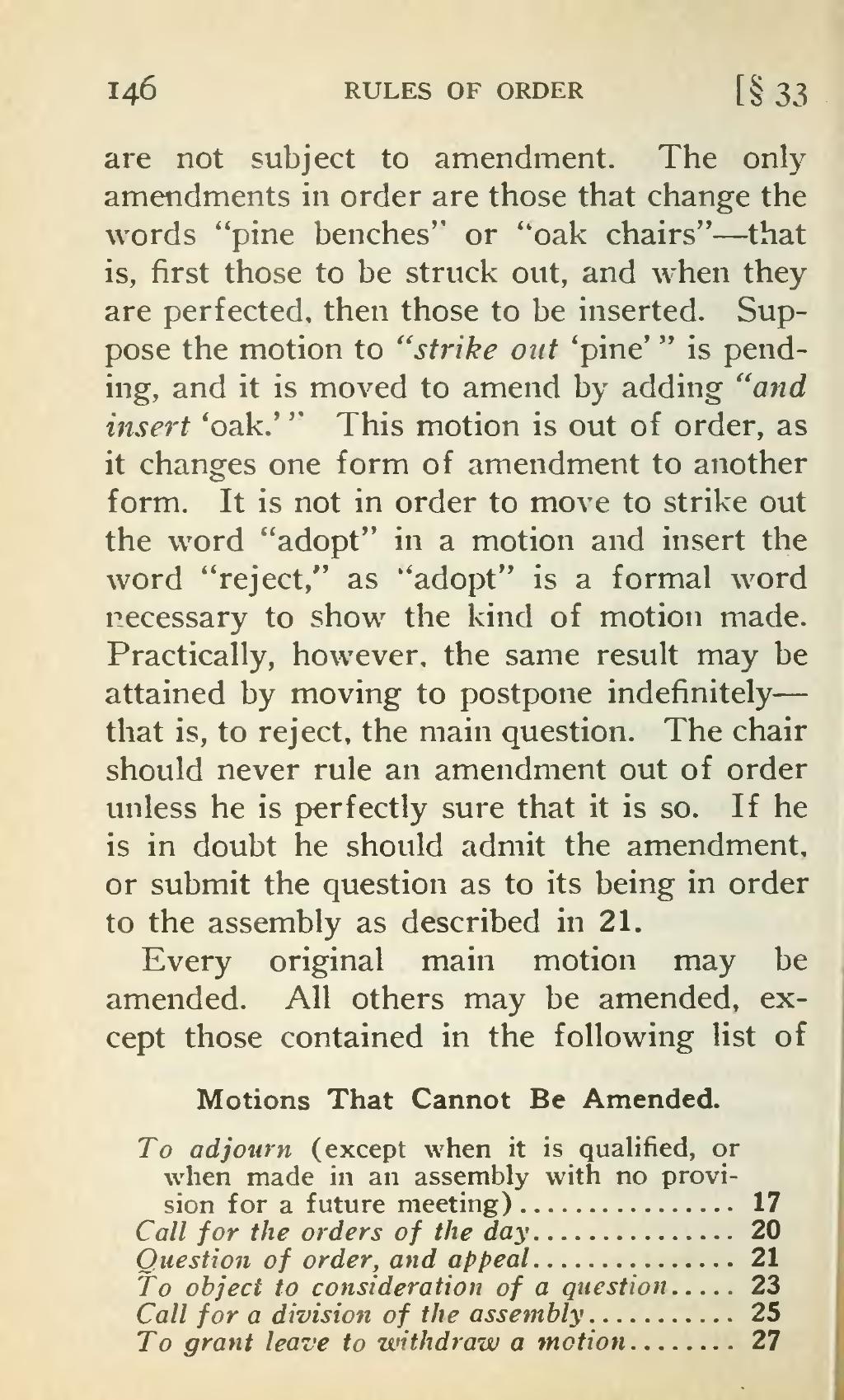The M&A space is a constantly changing one. The structure and motives for deals may change from year to an year, but one thing remains constant completion of the deal takes an enormous amount of work. Valuation and due diligence are two of the longest-running aspects of the process.
M&A can make companies more resilient and better able to weather tough times. The strength of a combined company is more likely to last in the changing global market than the weaknesses of one entity. For instance, banks are using M&A to protect their balance sheets by buying out struggling competitors like Merrill Lynch.
M&A also allows companies to expand their product portfolio and achieve economies of scale. For instance, a tech company might acquire an online platform provider to expand the range of products and services it offers its customers. This can result in greater customer satisfaction and, in turn, boost the company’s financial performance.
The M&A begins by having a high-level conversation between the buyer and seller to determine how their values are aligned and to explore synergies. This is followed by due diligence which includes the creation of financial model as well as operational analysis and assessment of cultural fit. Due diligence can be lengthy. Therefore, the timeline in the letter of intent (LOI) must be taken into consideration when planning this work. A major aspect of due diligence https://dataroomspace.info/how-to-break-free-from-paper-and-embrace-the-technology-for-efficient-meetings is conducting searches, such as UCCs, fixture filings, federal and state tax liens as well as litigation, judgment liens bankruptcy, and intellectual property searches.








